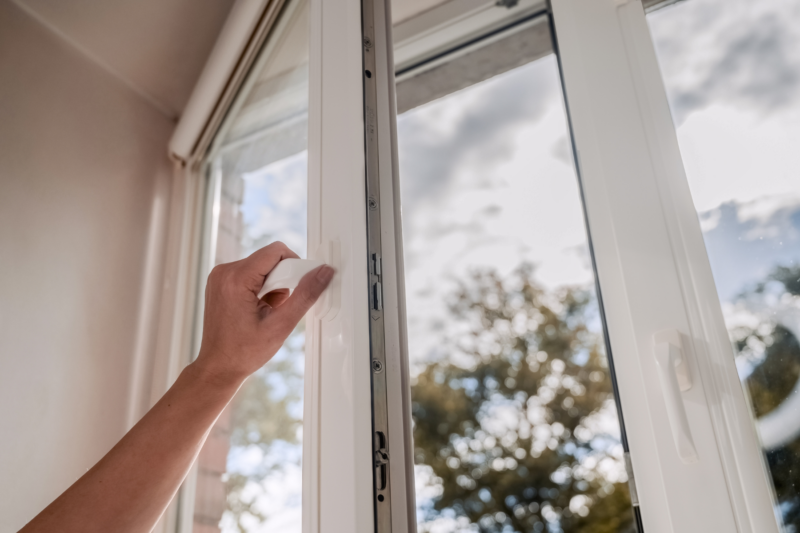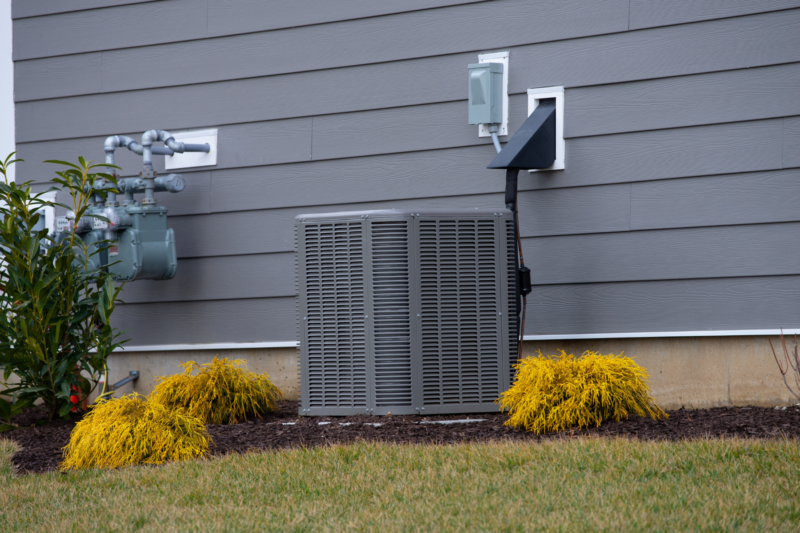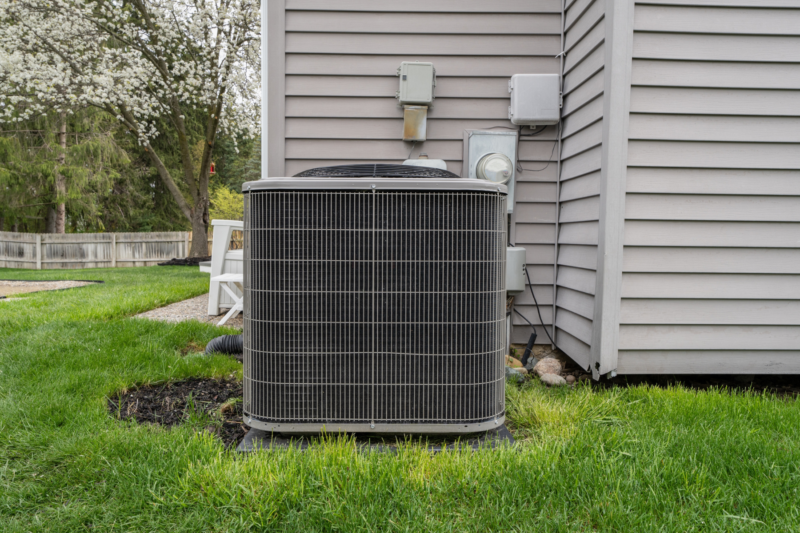The ongoing global pandemic has underscored the critical importance of indoor air quality (IAQ) in safeguarding public health. Complete Comfort Air Conditioning and Heating recognizes the multifaceted nature of IAQ improvement and advocates for a comprehensive, multilayered approach. Let’s explore the challenges posed by the MERV Curve and delve into the powerful combination of filtration and ionization to address these issues effectively.
Understanding Filtration Mechanisms
Fibrous air filters form the backbone of an effective IAQ system, utilizing four primary mechanisms to capture airborne particles:
- Straining: Filters trap particles smaller than the openings between media members.
- Interception: Small particles make direct contact with filter fibers and adhere.
- Inertial Impaction: Larger particles impact filter media due to separate airflow.
- Diffusion: Microscopic particles move chaotically due to changes in air velocity and pressure.
Electrostatically charged filters, denoted by a horseshoe and lightning bolts on the packaging, enhance the capture of fine particles. However, these filters may lose their charge under certain conditions.
Understanding MERV Ratings
Minimum Efficiency Reporting Value (MERV) ratings, established by ASHRAE (the American Society of Heating, Refrigerating and Air Conditioning Engineers), indicate a filter’s effectiveness in capturing particles of varying sizes. Higher MERV ratings signify better efficiency. Notably, during the pandemic, ASHRAE recommended the use of filters rated MERV 13 or higher.
HEPA Filters and Their Superiority
HEPA filters surpass even the highest-rated MERV filters. Engineered to eliminate 99.97% of airborne particles with a size of 0.3 microns, HEPA filters provide superior performance. However, not all HVAC systems can support HEPA filters, particularly older ones.
The MERV Curve Challenge
Filters, regardless of MERV rating, struggle to capture particles between 0.1 and 1.0 µm. These particles, which include viruses, bacteria, and smoke, pose a significant challenge to indoor air quality.
The Pervasiveness of Microscopic Particles
Microscopic and submicroscopic particles are ubiquitous, with concentrations ranging from 60 to 120 million particles per cubic foot. These particles can linger in indoor environments for hours and days, elevating the risk of respiratory diseases.
The Role of Ionization in Indoor Air Quality Improvement
Needlepoint Bipolar Ionization (NPBI™) emerges as a powerful strategy to enhance filtration efficiency. This patented technology releases ions into the airstream through the HVAC system, actively bonding with airborne particles. This process results in larger particle clusters, facilitating their effective filtration by HVAC systems.
Benefits of Ionization:
- Faster Removal: Ionization accelerates the removal of aerosolized particulate matter.
- Thorough Cleaning: Indoor air spaces are cleaned more comprehensively.
- Cost Savings: The inclusion of ionization in a multilayered solution offers significant cost savings.
Contact Complete Comfort Air Conditioning and Heating For All Your Indoor Air Quality Needs in Jupiter, FL and the Surrounding Areas
In the pursuit of optimal indoor air quality, acknowledging the limitations of traditional filtration methods is crucial. Complete Comfort Air Conditioning and Heating advocates for a multilayered approach, combining filtration and ionization to address the challenges posed by the MERV Curve effectively. With the power of NPBI™, a safer and more efficient IAQ solution emerges, offering a breath of fresh air in the fight against airborne contaminants. For more information and a free estimate, contact Complete Comfort Air Conditioning and Heating at 561-529-6262 or visit www.mycompletecomfort.com. Our dedicated team is ready to assist with any inquiries about the MERV Curve and your IAQ needs.



